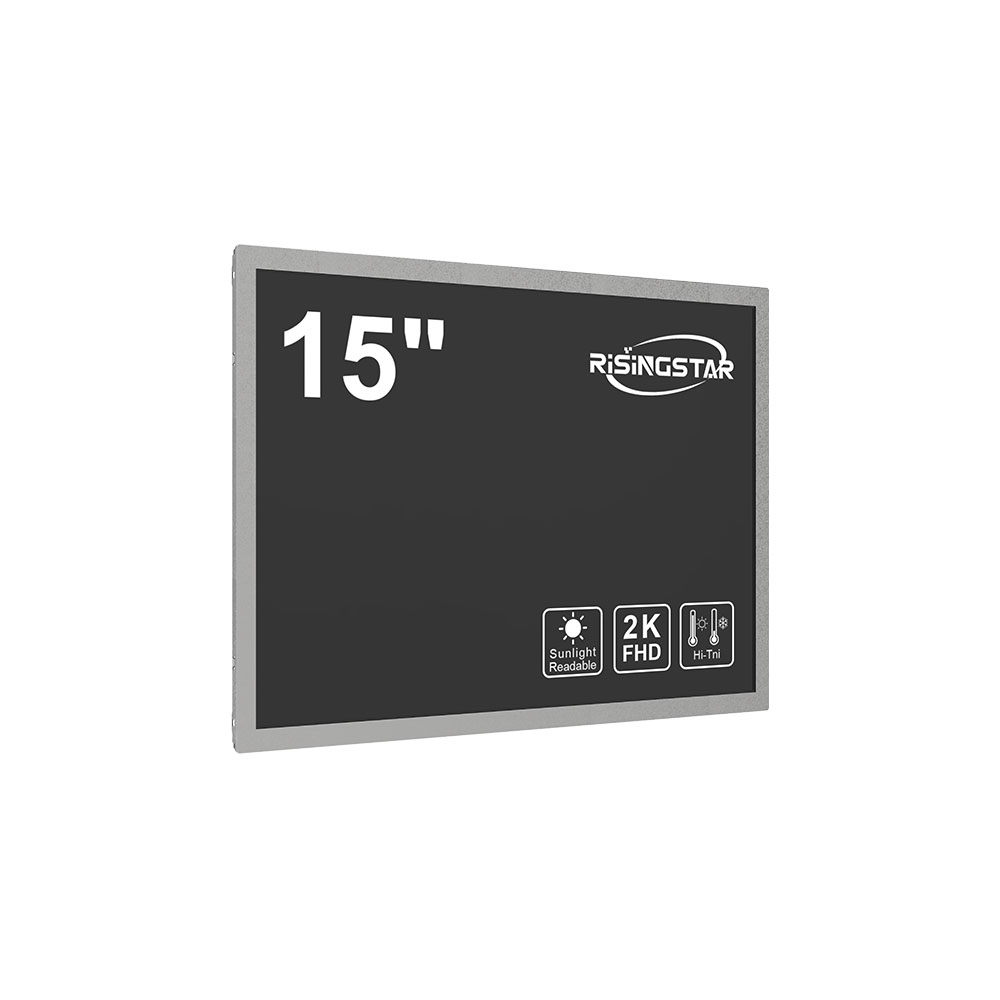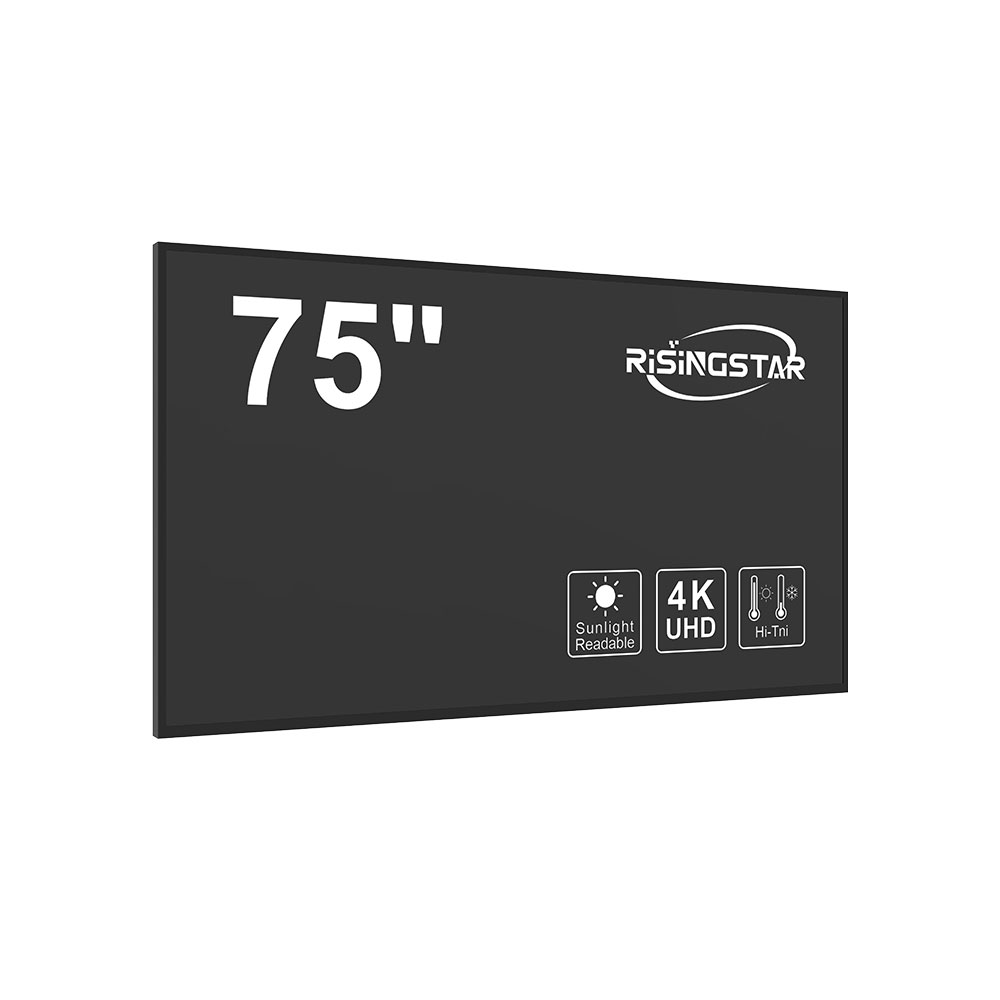When selecting an outdoor LCD screen for commercial or public use, it's essential to consider environmental durability, brightness, viewing angles, and long-term reliability. These screens must withstand extreme weather conditions—such as direct sunlight, rain, wind, and temperature fluctuations—while maintaining high visibility and performance. According to the International Electrotechnical Commission (IEC) standard IEC 60068, outdoor displays must be tested under simulated real-world conditions, including thermal shock, humidity, and vibration resistance.
A key factor is brightness—measured in nits. For outdoor applications, a minimum of 5,000 nits is recommended to ensure visibility under direct sunlight. High-brightness LED-backlit LCDs are now widely used in digital signage, retail kiosks, and transportation information systems. Brands like LG, Samsung, and NEC offer industrial-grade panels with luminance levels up to 7,000 nits, meeting strict compliance standards such as IP65 or IP67 for dust and water resistance.
Another critical aspect is the screen’s viewing angle. A wide viewing angle (typically 178° horizontal and vertical) ensures that content remains legible from multiple positions—a necessity in crowded environments like stadiums, bus stops, or shopping centers. Additionally, anti-glare coatings and polarized filters reduce reflection and improve contrast in bright conditions.
From a technical standpoint, outdoor LCDs should feature ruggedized casings made from aluminum or stainless steel, with internal fans or passive cooling systems to manage heat dissipation. Many manufacturers now integrate remote monitoring via SNMP or cloud-based platforms, enabling proactive maintenance and reducing downtime—an essential feature for businesses relying on real-time data displays.

Case studies from cities like Singapore and New York show that well-designed outdoor screens not only enhance public communication but also increase foot traffic in retail zones by up to 23%, according to a 2023 report by the Digital Signage Federation. This demonstrates the tangible ROI when choosing a professionally engineered outdoor display system.
In summary, the ideal outdoor LCD screen combines certified durability, optimized brightness, wide-angle visibility, and smart connectivity. Always consult industry standards like IEC 60068, EN 60950, and UL 1950 when sourcing products. Working with experienced suppliers who provide full lifecycle support—from installation to warranty—is crucial for long-term success.








